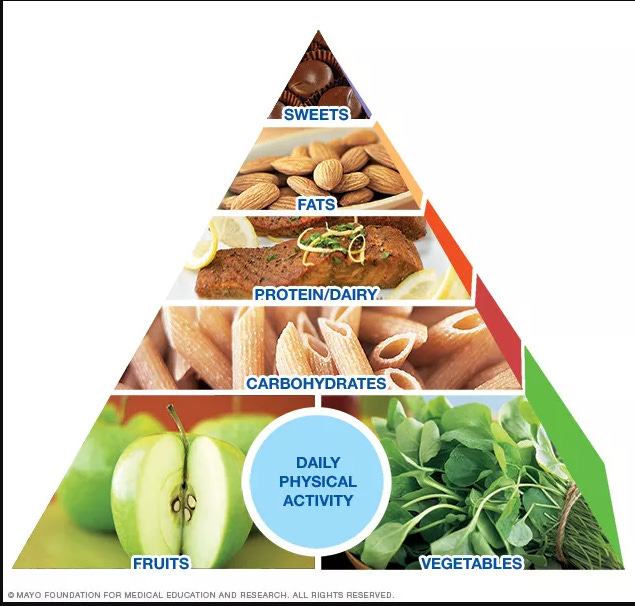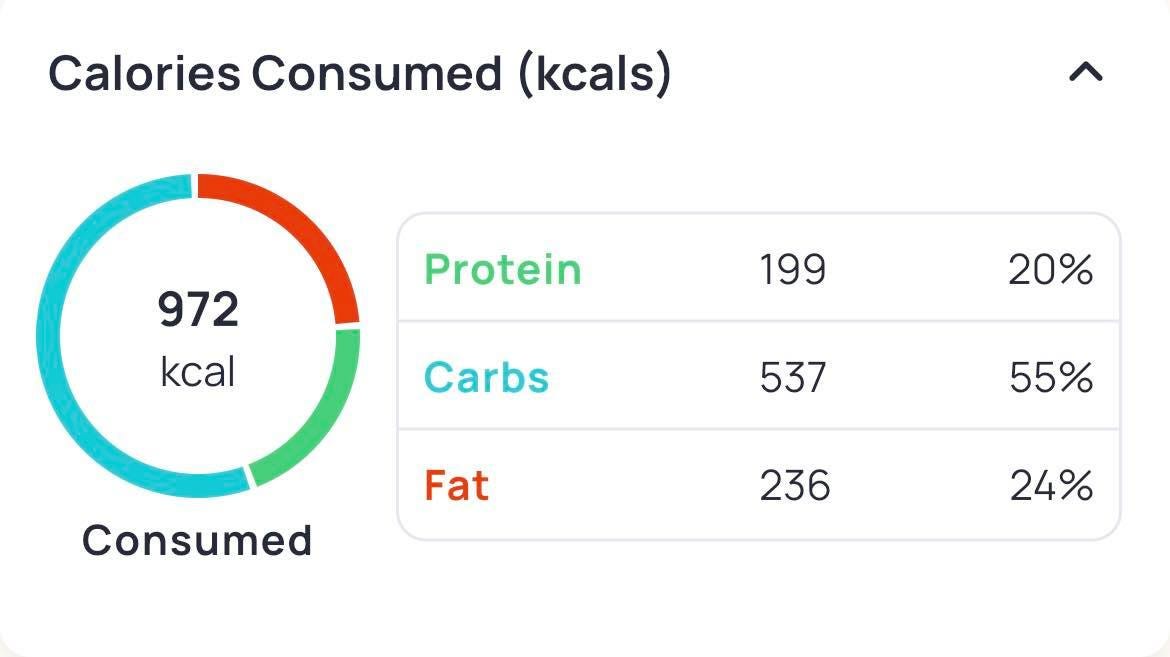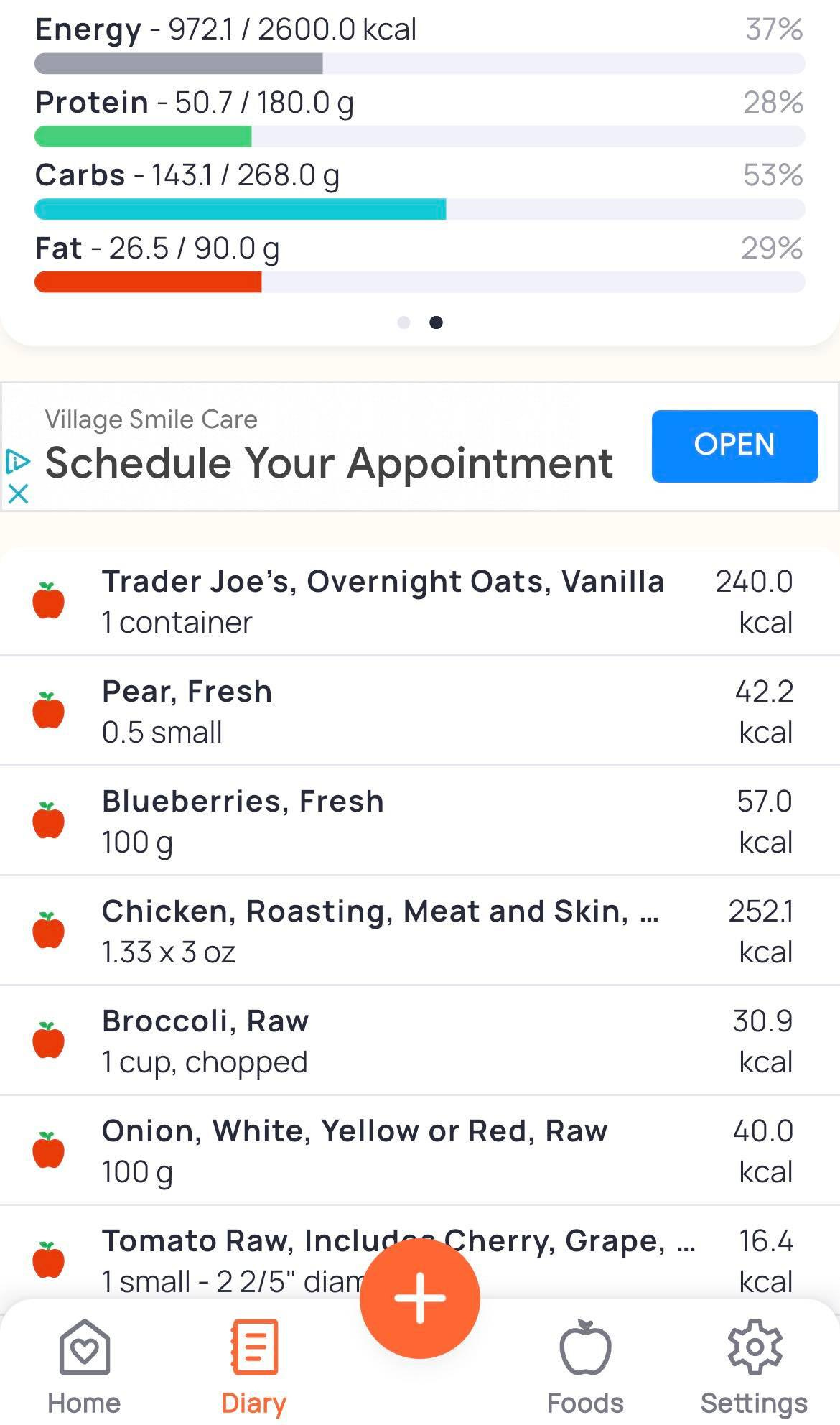You wouldn’t ask your mechanic to fix your toilet and you shouldn’t ask your doctor to help you lose weight or get in shape. It’s not their wheelhouse and it shouldn’t be.
The word “evidence based” is thrown around a lot in exercise and nutrition science. Usually by those in ivory towers (Doctors, Administrators, Academics) and not those working directly face to face with people actually attempting to improve their body composition & health through lifestyle modifications like diet, physical activity, and exercise.
The Mayo Clinic Diet
Per the Mayo Clinic: “The purpose of the Mayo Clinic Diet is to help you lose excess weight and find a healthy way of eating that you can sustain for a lifetime.”
The Mayo Clinic states that they use research to support lifestyle modifications such as eating more fruits and vegetables, not eating while watching TV (eliminating mindless eating) and adding 30 or more minutes of movement into your daily routine. These are all good things and tend to show health and weight loss benefits in the literature.
The are two phases of the mayo clinic die:
1.) Lose it!
Two-week phase to kick off weight loss and lose 6 to 10 pounds. This phase largely focuses on healthy lifestyle habits .
2.) Live it!
Learn more specifics about food choices, portions, meal planning, and physical activity. Expect to lose about 1 to 2 pounds per week until you reach your goal weight. This phases is also designed to be run forever so you can keep the weight off for good.
I think these two phases are a good idea. Some studies also support losing weight quickly at first to improve adherence so I’m not against the idea of losing 2-4% of your bodyweight per week in the first two weeks of a weight loss program.
Criticisms
To kickoff this section I provided a sample day of eating for this program.
Here’s a look at a typical daily meal plan at the 1,200-calorie-a-day level from the Mediterranean eating plan:
Breakfast: Overnight oats with berries and pear
Lunch: Tuscan white bean soup with pesto drizzle
Dinner: Sheet-pan roast chicken with broccolini, onion and tomatoes
Snack: 1 cup sliced bell peppers and a banana
Here is a calorie breakdown of what this intake amounts to:
Your grand total with the sample meal plan is roughly less than 1000 calories per day and only 50g of protein. A good amount of protein is coming from lower quality sources. The ratios fit close to the recommended guidelines: 20% protein, 55% carb, 24% fat.
The Problem With the Mayo Clinic Diet
1.) Too Few Calories
1000-1200 calories a day might be fine for small females that have low activity, but for almost all men and even for most females it’s going to be disastrous. Your energy is going to be low, you will be hungry, and your workouts will suffer due to the low calories.
Due to the low calories your body will partition more protein from your body (muscle & bone) and diet to use for energy. You will also likely see a reduction in non-exercise activity thermogenesis (NEAT). NEAT comprises roughly 20-30% of your metabolic rate and it’s the most flexible portion of your metabolism.
If you eat very little your body will find a way to conserve energy in attempt to preserve the brain and organs. Secondarily, the body also wants to maintain muscle and bone mass. This will often present as fatigue, low energy, and less movement throughout the day.
2.) Low Protein
We’re beating a dead horse here. Most Americans just don’t eat enough protein after years of being told we eat too much of it. I recommend 1.5g/kg/day as a starting point for protein for most folks. With this plan, only a 34kg human would get sufficient protein. So if you weigh more than 75lbs you will not be getting in enough protein.
We all know protein as a building block for muscle, but it does much more than that. Protein literally composes almost every cell of your body. Your bones are more protein than calcium, all your organs are made of protein, all contractile tissue (including your heart) is made of protein.
Eating less protein and not adding progressive weight training will result in muscle loss and decreases in strength. In the long run this is what is causing many people to have functional and structural issues at older ages.
Additionally, protein is very satiating. The more you eat the fuller you feel. Anecdotally, higher protein diets (>1.5g/kg/day) have been beneficial in improving body composition for myself, clients, and many other general gym goers (in before ‘AnEcDoTeS DoN’t CoUnT, I NeEd EvIdEnCe’. Whatever bro, don’t believe me and let me know how it goes for you).
3.) Super Low Fat
Low fat diets were pretty popular a few decades ago when the
American Heart Association was trying to scare you about cholesterol and saturated fat. We still need some fat in our diet. Ideally somewhere at minimum of 0.5g/kg/day.
Fat is great for making food more palatable, but it also has an essential function for vitamin absorption. Fat Soluble vitamins (A, D, E, K) require fat to be absorbed and transported.
Summary
This is essentially a starvation diet with some good lifestyle modifications. I also have an issue with organizations promoting “physical activity” but not periodized strength training. Although mayo mentioned resistance training the recommendations set by “evidence-based organizations” often contain insufficient volume and misinformation about proper training.
Eat protein with each meal and mostly whole foods.
Train hard 3-4x a week minimum.
Find somebody that knows what they’re doing and doesn’t sit in an ivory tower all day.






